By Eric T. Baker
Enemy Engaged 2, from G2 Games for the PC, is a sequel that was seven years in the coming. Enemy Engaged: RAH-66 Comanche Versus Ka-52 Hokum was released in 2000 to universal acclaim as the best simulation of flying an attack helicopter ever created. Various publishing and technical issues delayed the sequel until now, and while the new game is as good as its predecessor, it isn’t seven years’ worth of better.
As with the first game, the player can fly either the American Comanche RAH66 or the Russian Hokum KA52. The game settings let the player choose how much “real” piloting he wants to do. At its easiest, the game is arcade-like. At the most difficult level, the player can control everything he could on a real helicopter, including auto rotation to the ground. The player also has limited control over his wingmen using voice commands.There are three campaigns: Lebanon, Taiwan, and a new Korean campaign. These campaigns are dynamic in that missions are posed and resolved in real time. Thus the battlefield can be different each time depending on the missions and how they are completed.
Graphics-wise, EE2 is a big improvement over the original game. The terrain is more detailed and diverse, and the draw distances are extended. Also, the many units in the game, other aircraft (rotary and fixed-wing), and ground forces all have improved models with more detail and shading. No major changes have been made in the campaign/mission system, which is good since it was and is fine. Unfortunately, no major changes have been made in the AI system either. Sometimes this appears in minor glitches (like ground convoys driving in the grass instead of following the new, curvier roads), and sometimes in more major ones, like computer- controlled planes planting themselves in the ground. Overall, players who love fighting helicopters and who don’t own the first game should give this one a try.
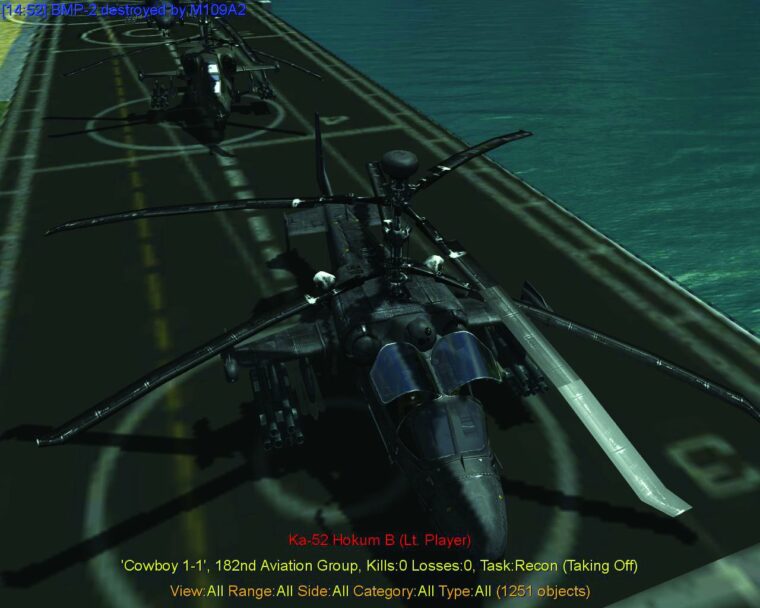
While EE2 is a straight-up simulation, Combat Mission: Shock Force is a step or two back from putting the player “in the battle.” CM:SF comes more from the lineage of board game simulation than it does from the computer simulators. Which is not to say that the game doesn’t show off combat in 3-D real time, because it can, but even in its real-time mode, the game is about issuing orders and watching results rather than aiming and pulling triggers. In addition to the real-time mode, there is also a turn- based mode where the game results play out in one-minute rounds. This mode not only lets the player take his time issuing orders, but also lets him replay the results as often as he likes, free to watch them from different places as he does.
The setting of CM:SF is the modern day. Dirty bombs have gone off in Western cities and the bombers have been traced back to Syria. In the main campaign, the player leads a NATO force against the Syrian military. In other scenarios and modes, the player can fight as Syria, and can also play NATO vs. NATO and Syria vs. Syria matches if he likes. The scale of the battles is very tactical. The entire Western force is a Stryker Brigade with supporting armor and infantry. Scenarios can be as small as a Stryker platoon fighting through a town or as large as two M1 platoons on a search and destroy mission.
As befits its focus, the graphics in CM:SF are serviceable, but not state-of- the-art. There is enough detail to determine clearly what is going on and to tell unit from unit. The camera controls also take some getting used to. On the other hand, the modeling of the combat is bang on. This is one of the few games that really models the power of modern weapons. The M1s, for example, fight at their true range and accuracy, even when on the move.
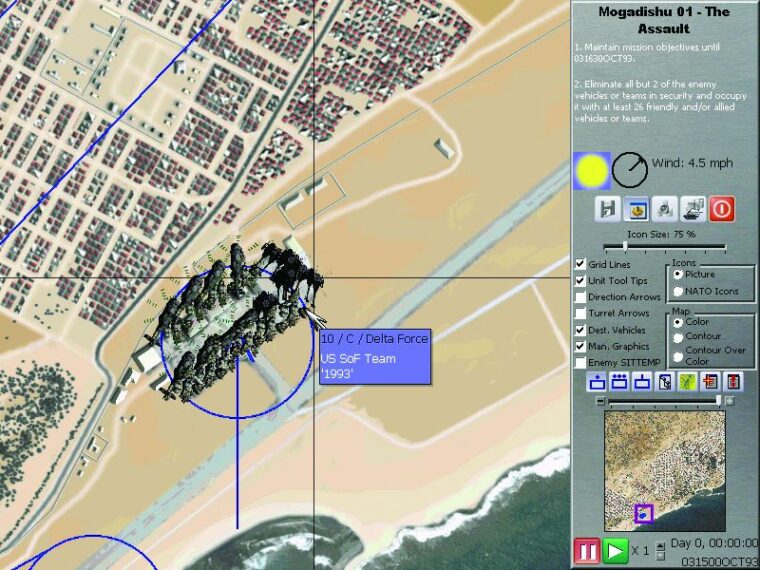
Pulling back another couple of steps, but keeping with the theme of modern combat and helicopter operations, comes Air Assault Task Force from ProSIM games and still for the PC. This is a pausable real-time game played at an almost board game level of abstraction. The setting is the three great modern theaters of helicopter action: Vietnam, Somalia, and Afghanistan. There are also mini-campaigns set in the Joint Readiness Training Center (JRTC). All the appropriate units of air and infantry are in the game, but the focus is helicopter- borne operations and missions.
Two things are notable about this game. One is the ease of its interface, which allows the player to keep on top of the action without having to feel like he is playing “whack a mole.” The second is the backward compatibility of the engine. Players who own previous ProSIM games can run them with AATF and thus play them all over again with the improved interface and AI.
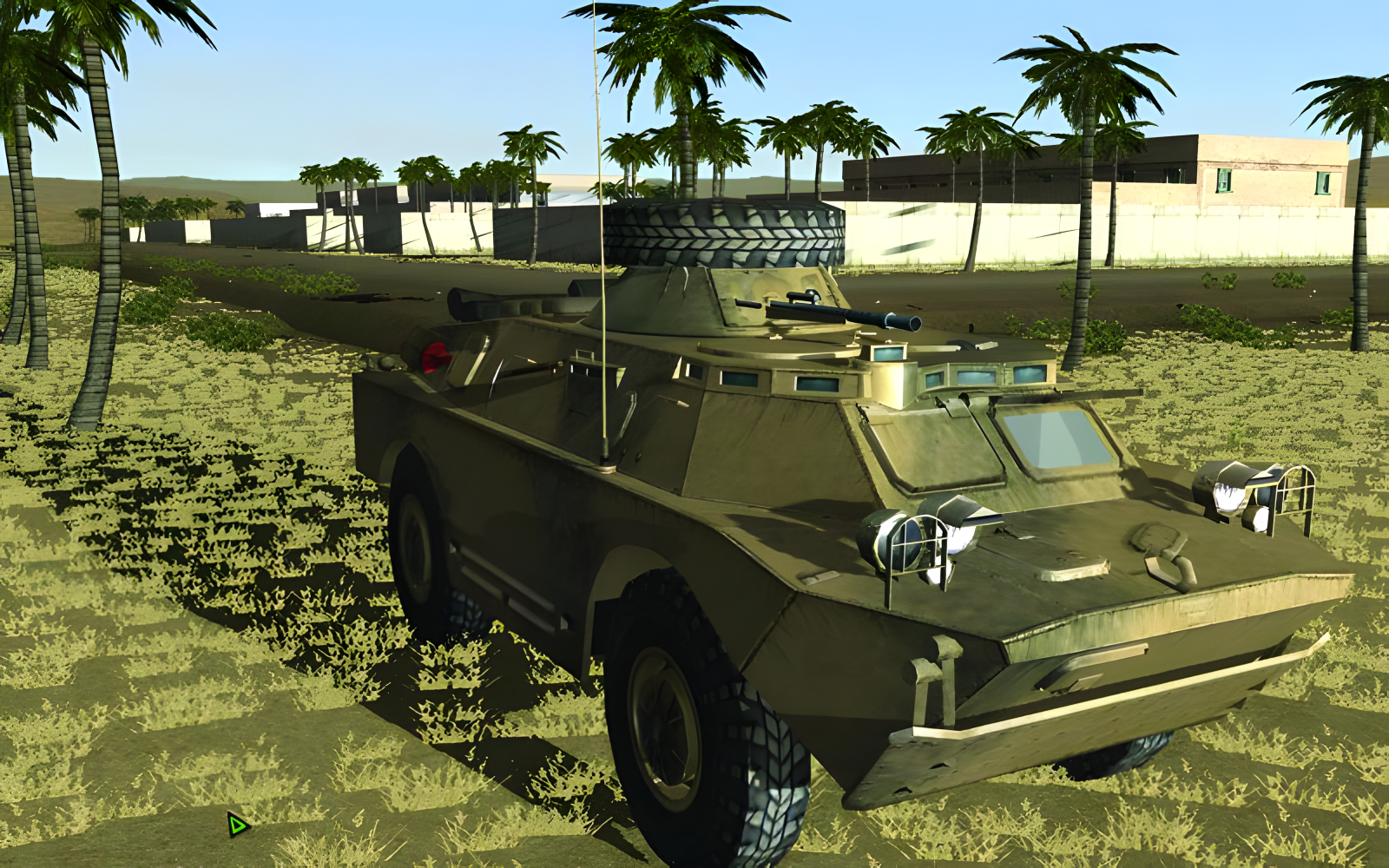
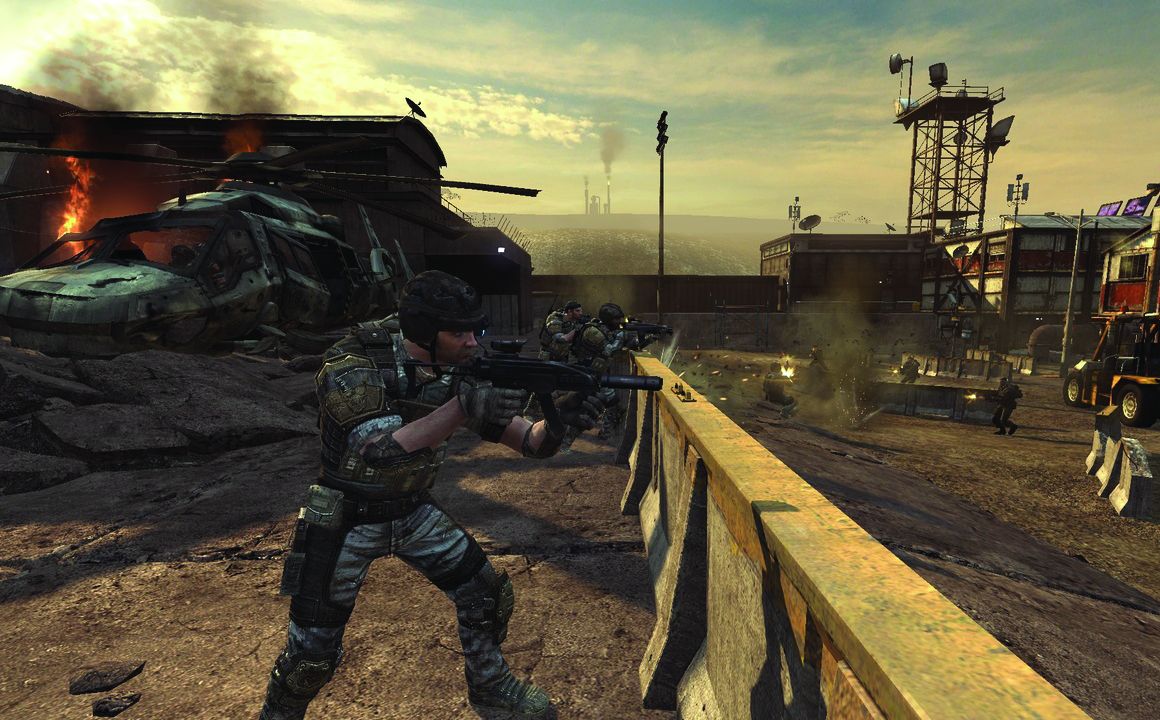
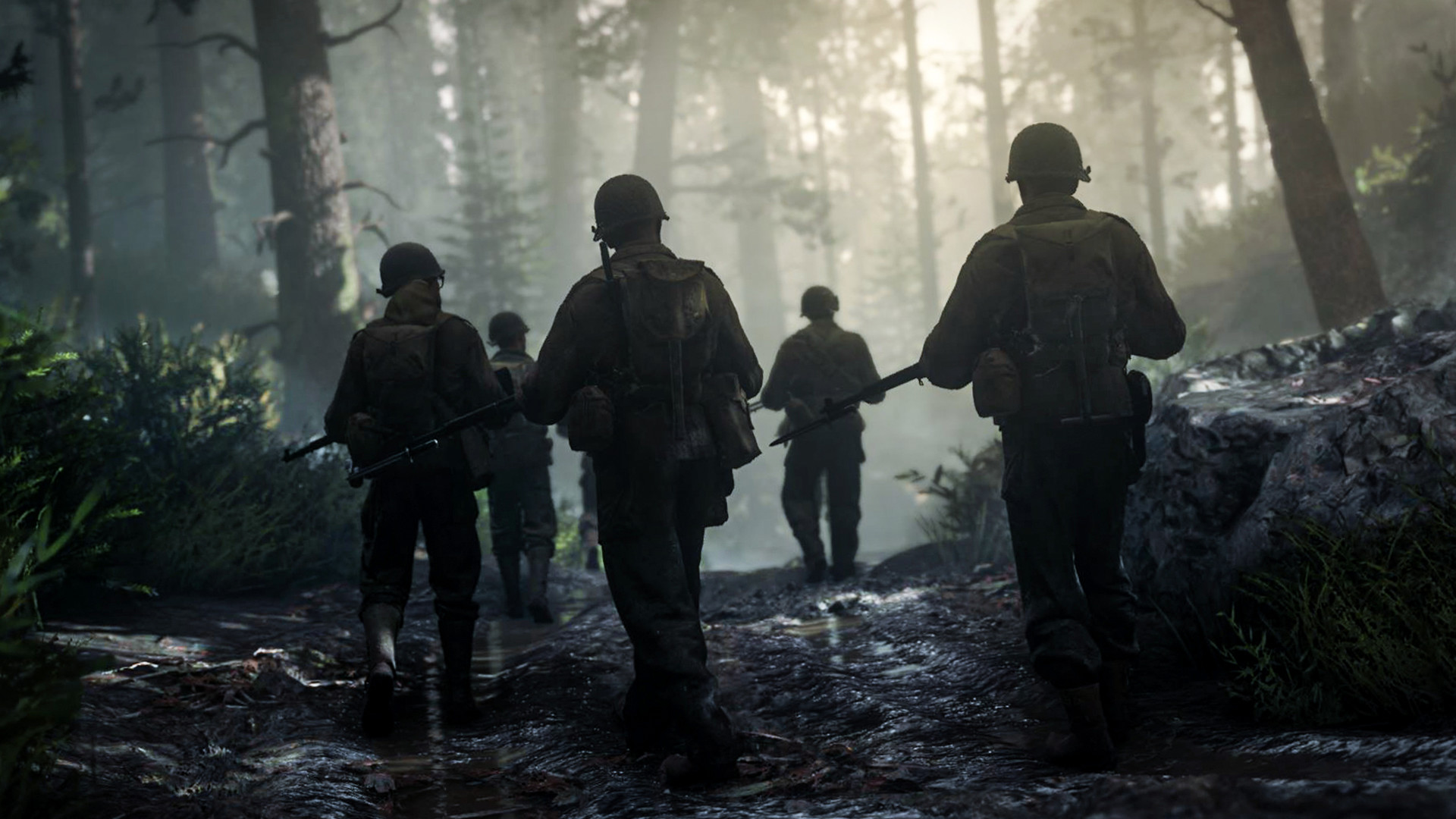
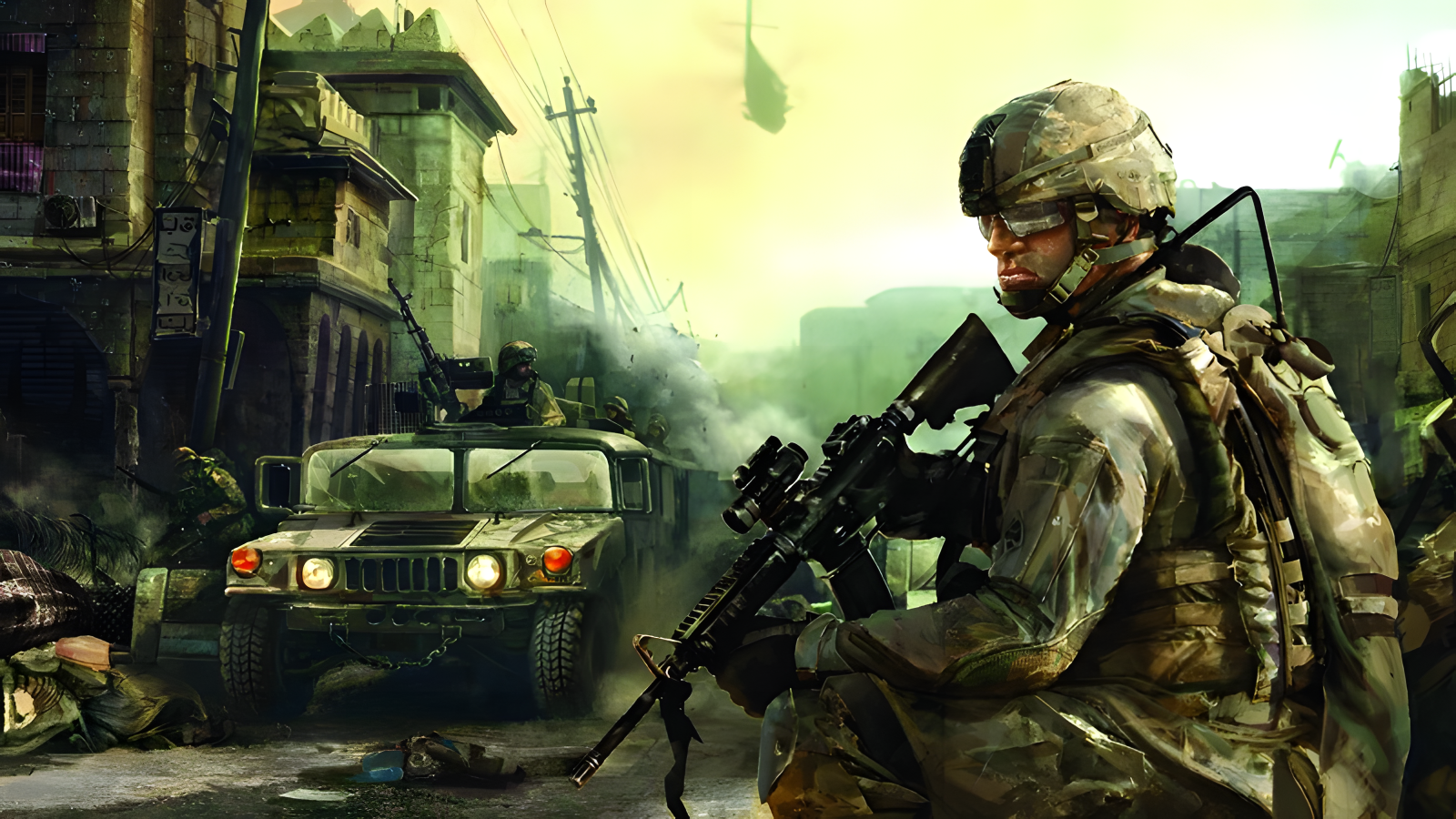
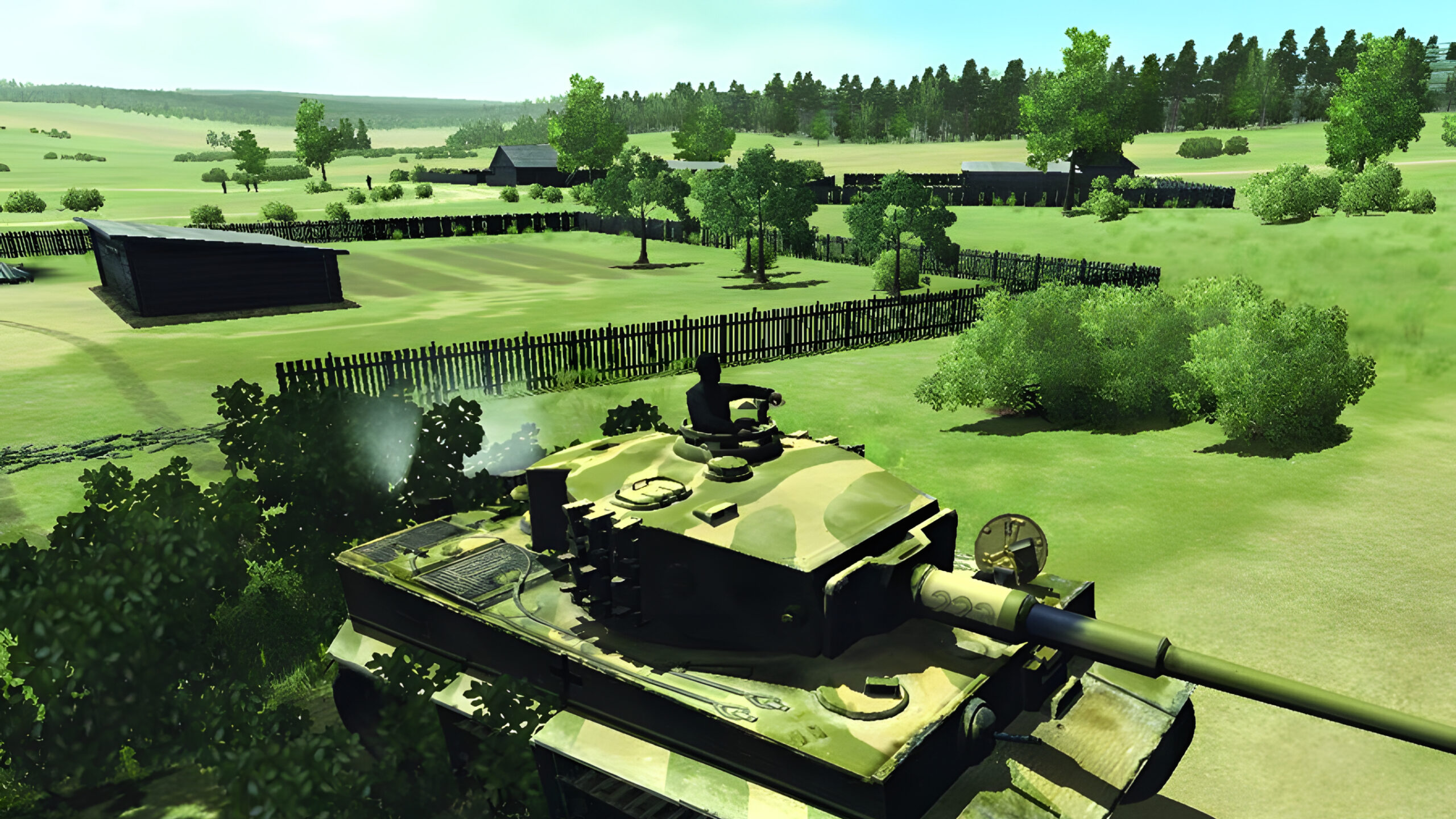
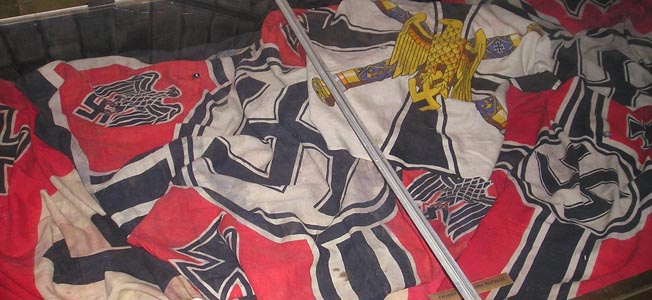
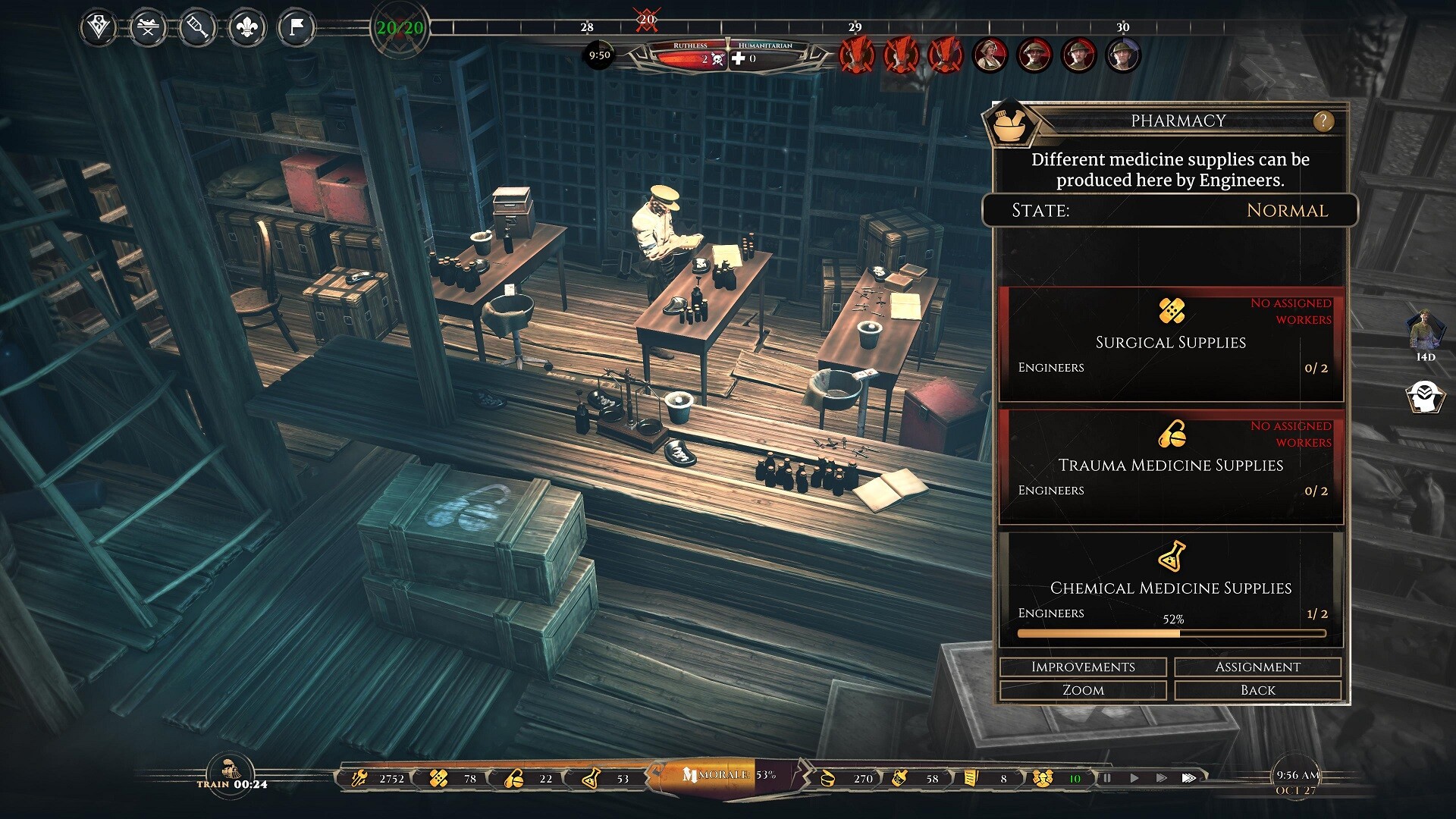
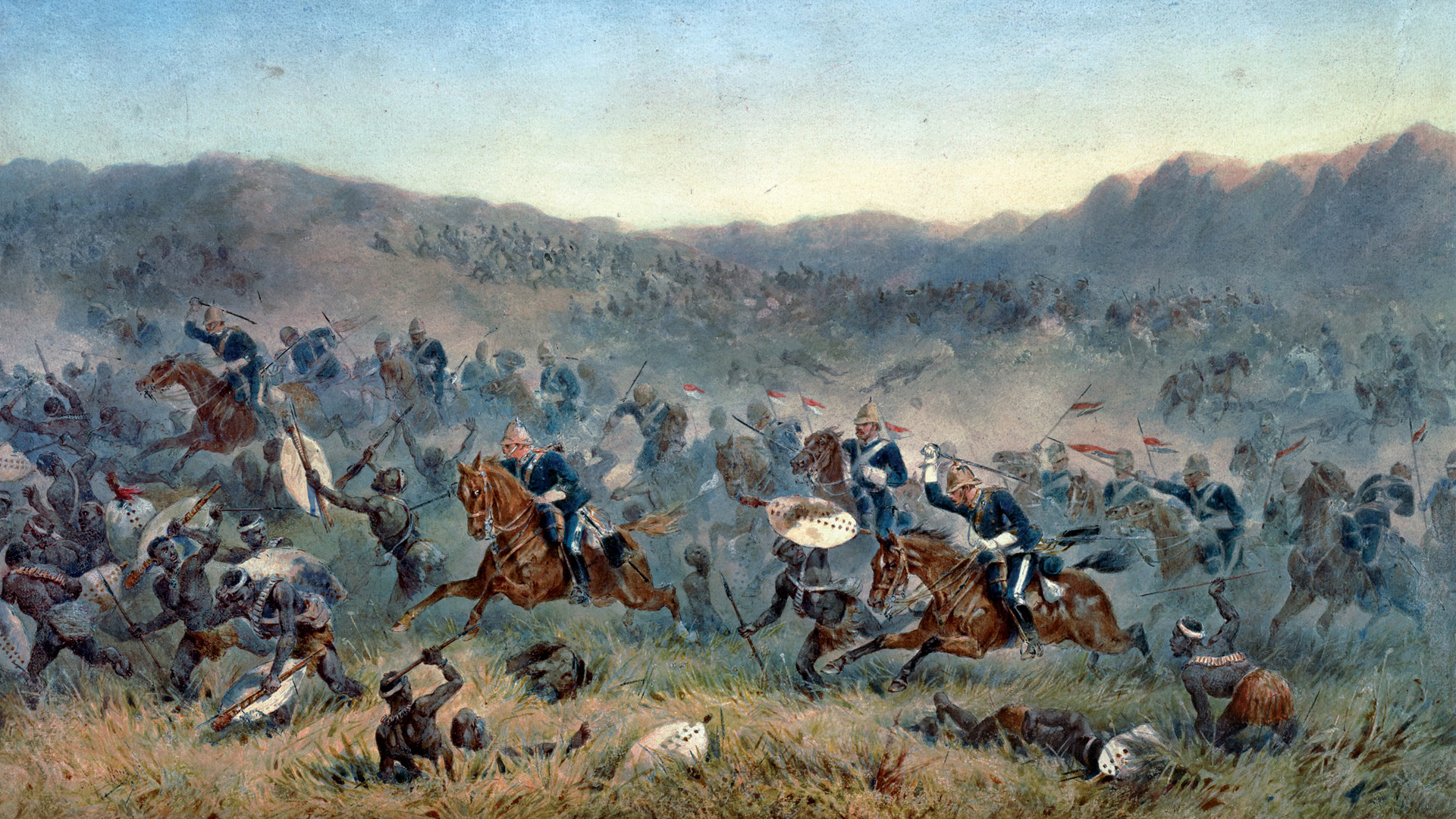
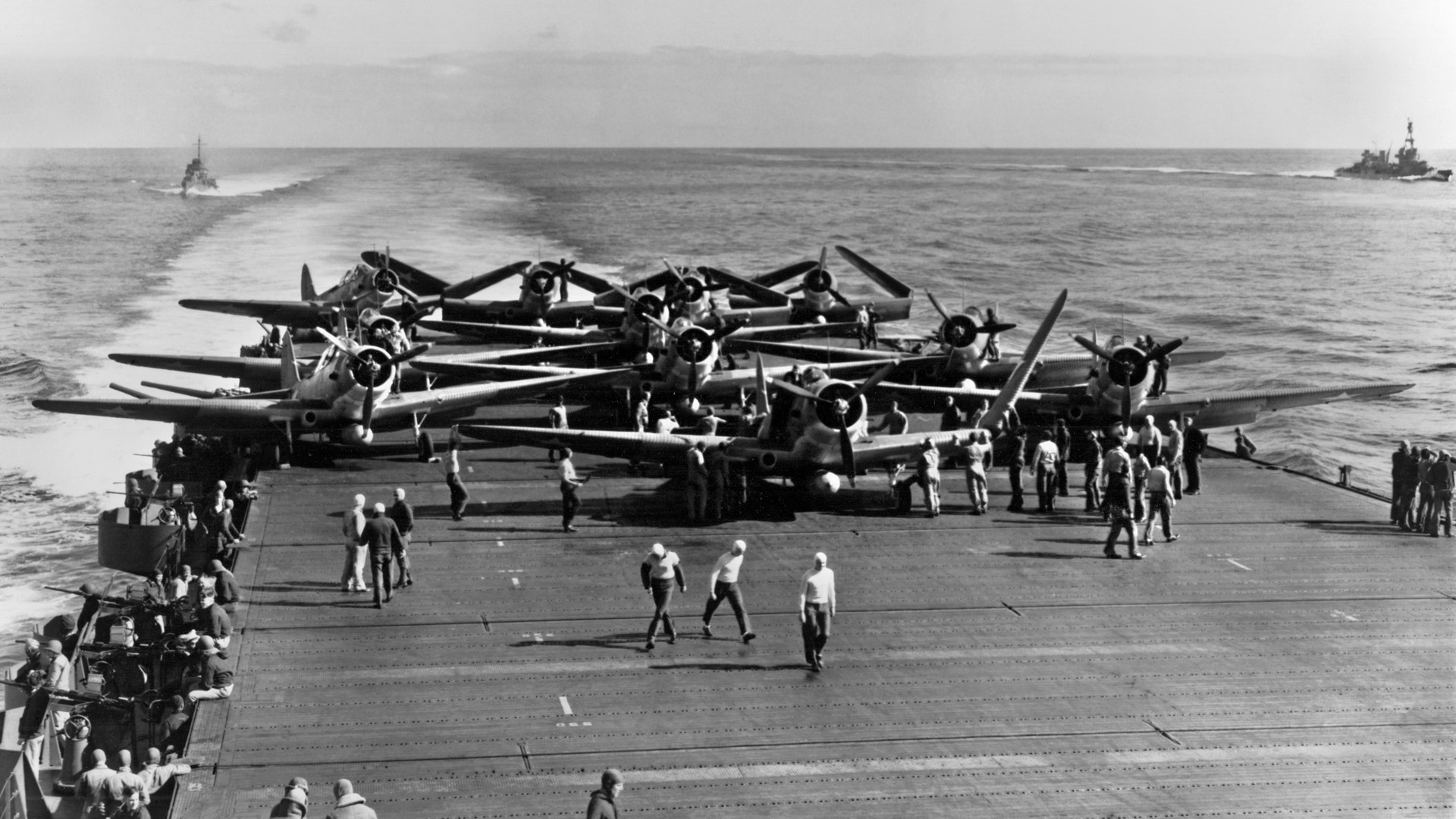
Join The Conversation
Comments
View All Comments